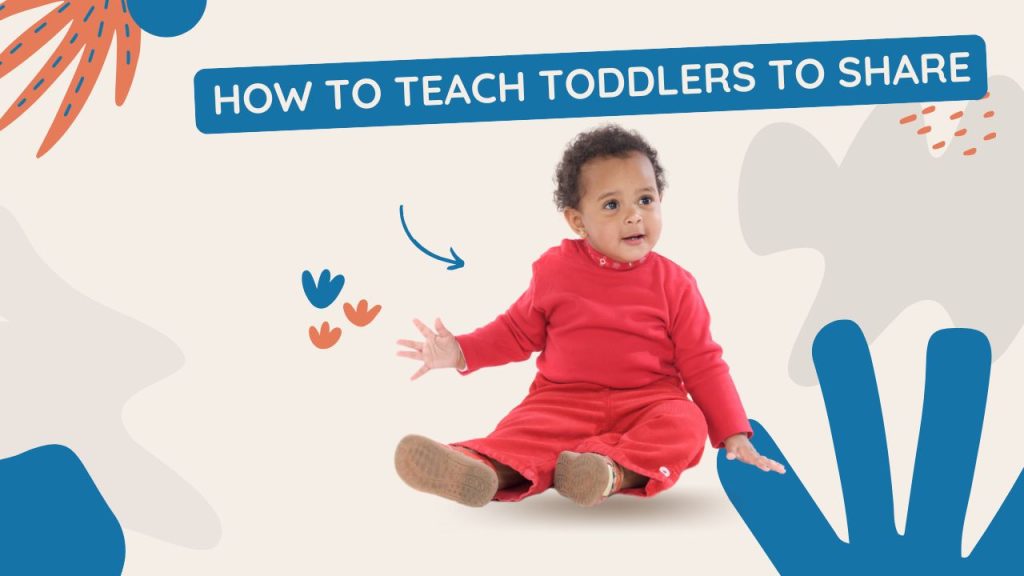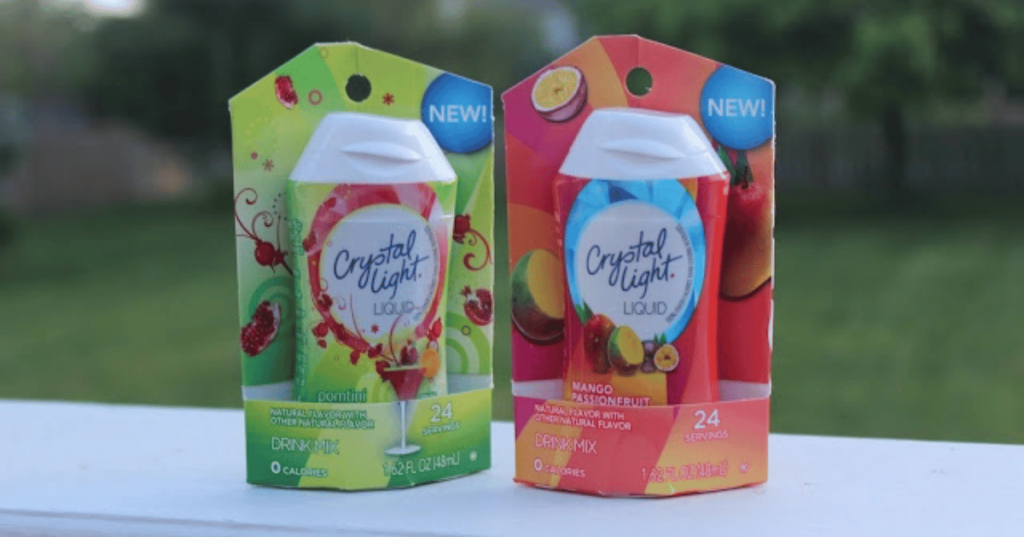Learn how to teach toddlers to share with these fun, practical tips for parents and caregivers. Discover gentle, effective ways to guide your child toward kindness and cooperation.
How to Teach Toddlers to Share
Let’s be real—teaching toddlers to share can feel like trying to negotiate world peace with tiny, irrational humans who believe that every toy within a 10-foot radius is theirs. If you’ve ever watched two toddlers fight over a toy they didn’t care about until the other picked it up, you’re not alone.
Let’s dive into practical, loving, and realistic strategies to help your little one understand and practice sharing—without turning your home into a battleground.
Why Toddlers Don’t Naturally Share (and That’s Okay)
Before we talk about solutions, it’s important to understand why toddlers struggle with sharing in the first place.
At around 1 to 3 years old, toddlers are just starting to understand the world around them. They’re in a very egocentric phase, which means they see everything from their own perspective. It’s not selfishness in the adult sense—they’re just not developmentally ready to fully grasp that others have thoughts, feelings, or desires different from theirs.
To a toddler, giving up a toy can feel like losing a part of themselves. It’s like asking you to hand over your phone to a stranger for an hour. Yikes, right?
So don’t worry if your child doesn’t share right away. It’s totally normal.
1. Start with Role Modeling
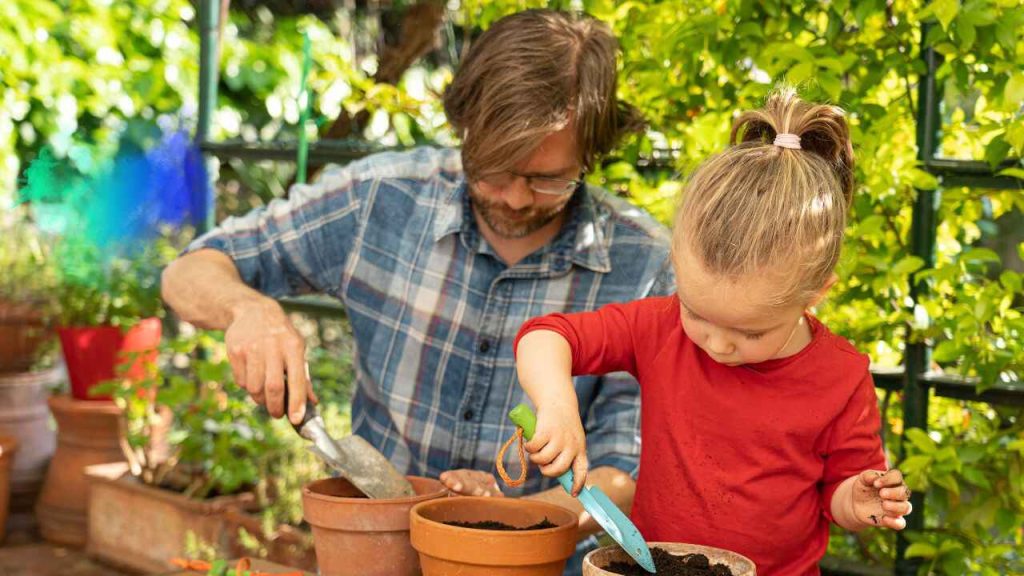
You’ve probably heard the phrase: “Children learn by watching.” And guess what? It’s 100% true.
Toddlers are mini copy machines. If they see you sharing—whether it’s your snack, your time, or even your phone—they’ll begin to understand what it means to share.
How to model sharing:
- Say, “I’m sharing my cookie with Daddy because I love him.”
- When playing with your child, say things like, “Can I have a turn? Thank you for sharing!”
- Share things with your toddler and ask them to share back. Keep it fun and pressure-free.
When you model kindness and generosity, you’re planting the seeds for your toddler to do the same.
2. Practice Turn-Taking
Turn-taking is the toddler-friendly version of sharing. It’s a great way to introduce the idea without asking them to give something up forever.
Here’s how you can do it:
- To ensure equitable turns, use a timer, either an app or a basic kitchen timer. “All right, you have the car for two minutes, and then Jake gets his turn.”
- Use language that supports the idea: “Now it’s your turn. Next, it’s her turn.”
- Celebrate when they wait or take turns. Clap, cheer, or give high-fives.
It might take a while, but eventually, they’ll start to understand the pattern—and even expect it.
3. Label Emotions and Validate Feelings
Toddlers are learning big feelings. And sometimes, sharing can feel scary to them.
Instead of dismissing their reaction (“Don’t be silly, just give him the toy!”), try this:
- “I see you’re upset. It’s hard to let someone else play with your favorite toy.”
- “You really want to play with that doll. It’s okay to feel sad when someone else has it.”
By labeling their emotions, you help your child feel seen and understood. This also teaches empathy, which is a core part of learning to share.
4. Use Sharing Words Often
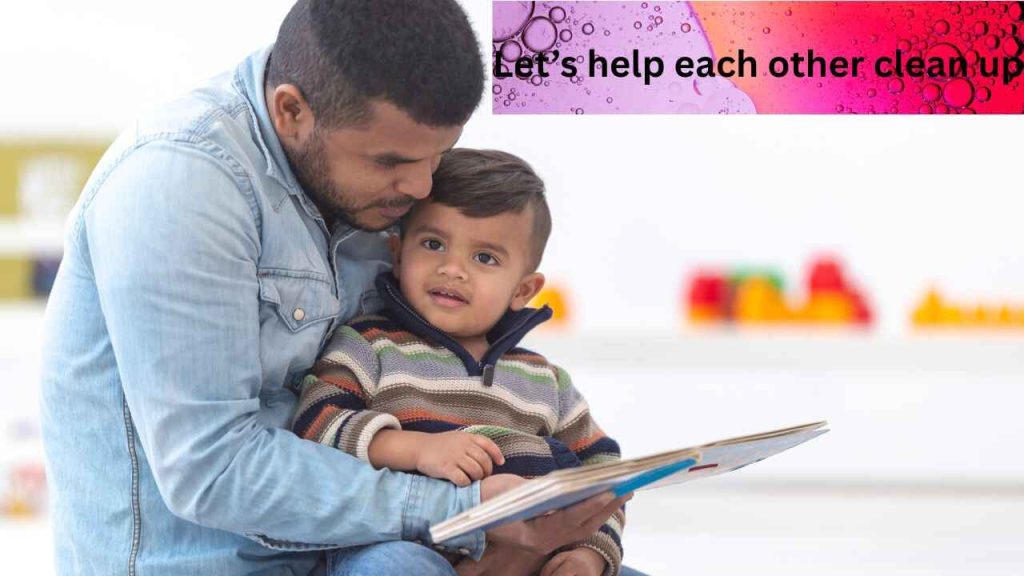
Words matter. The more your toddler hears words like “share,” “take turns,” “help,” and “kind,” the more they’ll internalize those concepts.
Try weaving them naturally into your everyday conversations:
- “Thank you for sharing your crackers with me. That was so kind!”
- “It’s fun when we take turns, right?”
- “Let’s help each other clean up.”
Even if they don’t fully grasp the meaning right away, repeated exposure helps.
5. Create Opportunities to Share
You can’t expect a toddler to learn sharing in theory—it needs to happen in the moment.
Set up playdates or interactive playtime with siblings or cousins. But make sure you’re there to guide the situation. Don’t just throw them into the playroom and hope for the best.
Pro tip: Before the playdate, ask your child if there are any special toys they don’t want to share. Put those away. That way, they’re not set up for an emotional disaster.
Then say, “These toys are for everyone to play with. Let’s have fun sharing today!”
6. Praise the Positive (Catch Them in the Act)
The moment your toddler shares—even if it’s just for a second—go all in with praise.
Say things like:
- “Wow! You gave your toy to your friend. That was so nice!”
- “You waited your turn! I’m really proud of you.”
Don’t go overboard, but make sure they know you noticed. It matters.
7. Be Patient and Consistent
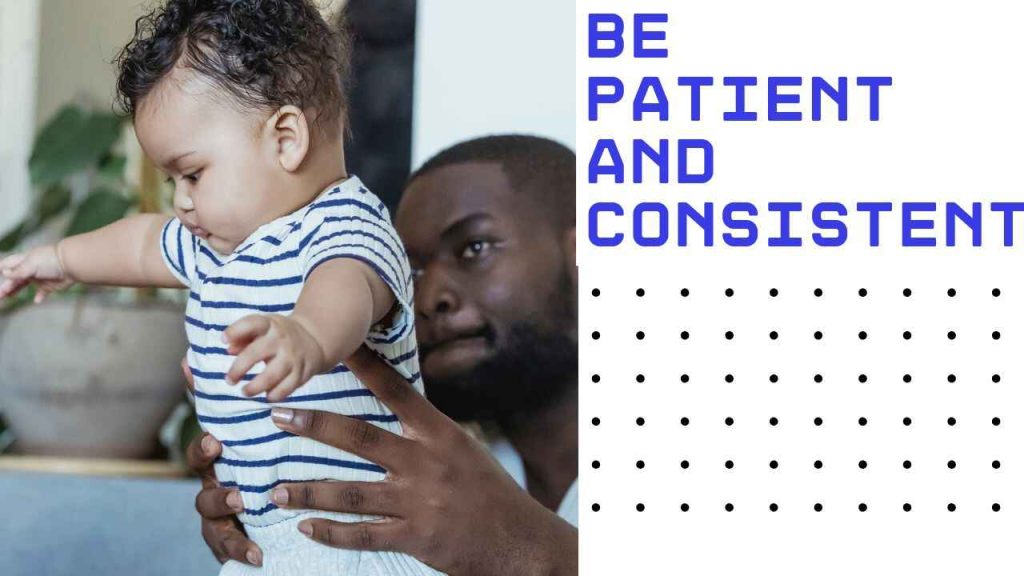
Let’s be honest: this is not a one-day job.
Toddlers will still fight, cry, and grab. You might teach sharing one day, and the next they’re snatching toys like little pirates.
That’s okay. It’s all part of the learning process.
What matters most is that you stay consistent:
- Keep using the same words.
- Keep modeling and guiding.
- Keep praising effort, not perfection.
Eventually, it clicks. One day, your child will hand over a toy and you’ll want to cry happy tears. That day will come. Promise.
8. Use Books and Stories About Sharing
Young children adore tales. Take advantage of that!
Read books that teach sharing in relatable and enjoyable ways. Some excellent choices are:
- Anna Dewdney’s Llama Llama Time to Share
- By Elizabeth Verdick, Sharing Time
- By Marcus Pfister, The Rainbow Fish
Discuss the characters as you read the narrative aloud. Pose queries such as:
“What do you suppose her feelings were when he withheld information?”
“What transpired after he revealed the gleaming scale?”
This makes learning enjoyable while fostering emotional intelligence.
9. Avoid Shaming or Punishing
If your toddler doesn’t want to share, avoid harsh punishments or making them feel guilty.
Saying things like:
- “You’re being mean.”
- “Why can’t you just share?”
- “That’s not nice!”
…can actually backfire and make them more resistant.
Instead, gently guide:
- “He wants to play too. Let’s try taking turns.”
- “You’re upset. That’s okay. Let’s find a solution together.”
Teach, don’t scold.
10. Keep Perspective – It’s a Process
Finally, remind yourself: your toddler is learning.
Not just how to share—but how to be a human in this big, complicated world.
It takes time. They’ll have good days and not-so-good days. Just like us.
So breathe, give yourself grace, and remember every effort counts. Every time you guide them, encourage them, and model for them, you’re building the foundation for a kind and thoughtful little person.
And that? That’s parenting magic.
Final Thoughts
Teaching toddlers to share isn’t about perfection—it’s about progress. Every step you take to encourage kindness, patience, and cooperation brings your child closer to becoming someone who genuinely cares about others.
So keep showing them the way. Keep those positive vibes going. And above all, enjoy the messy, hilarious, heart-melting journey of raising a toddler.
They’re learning from you every single day. 💛

